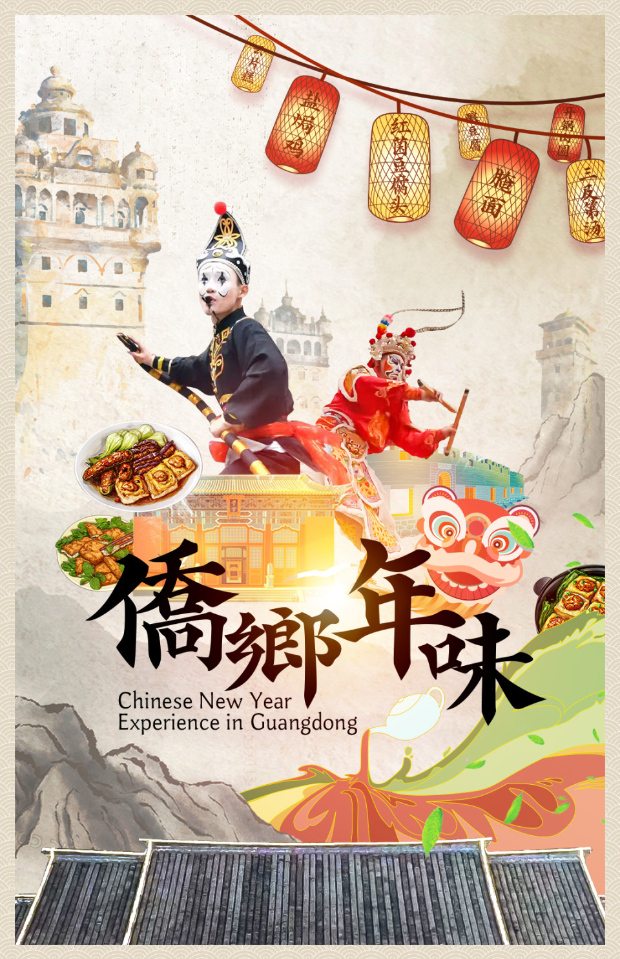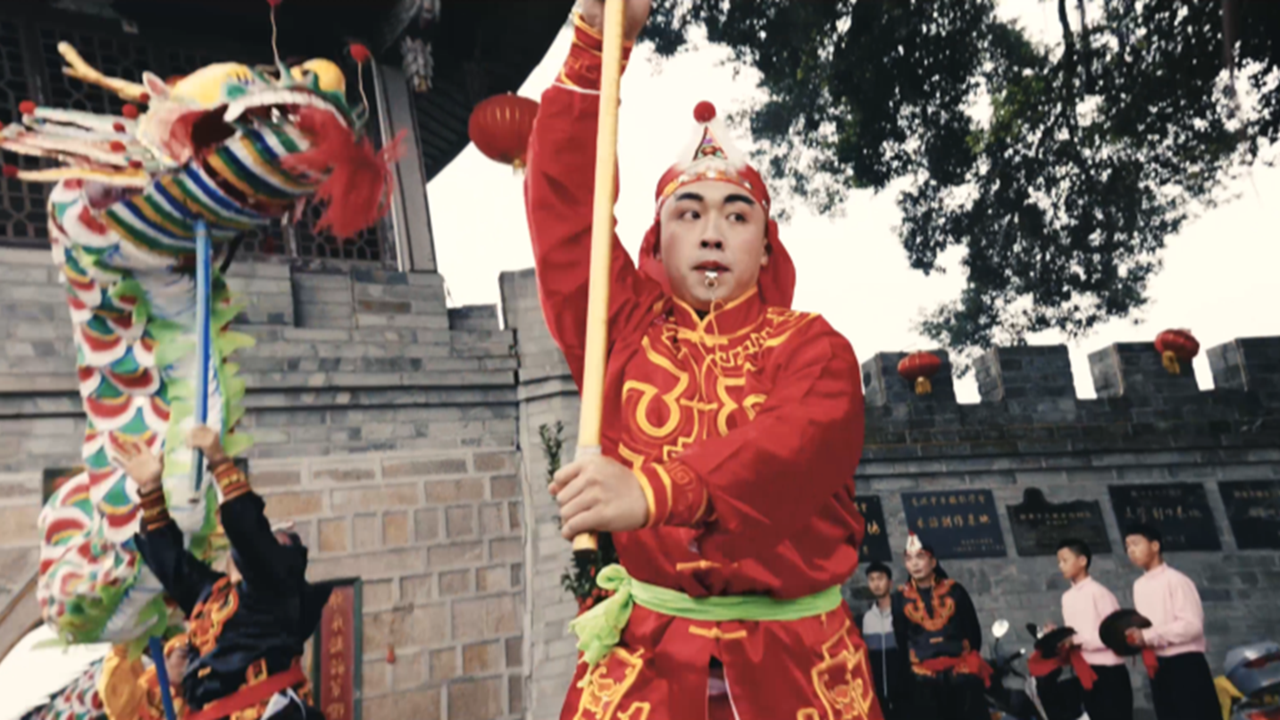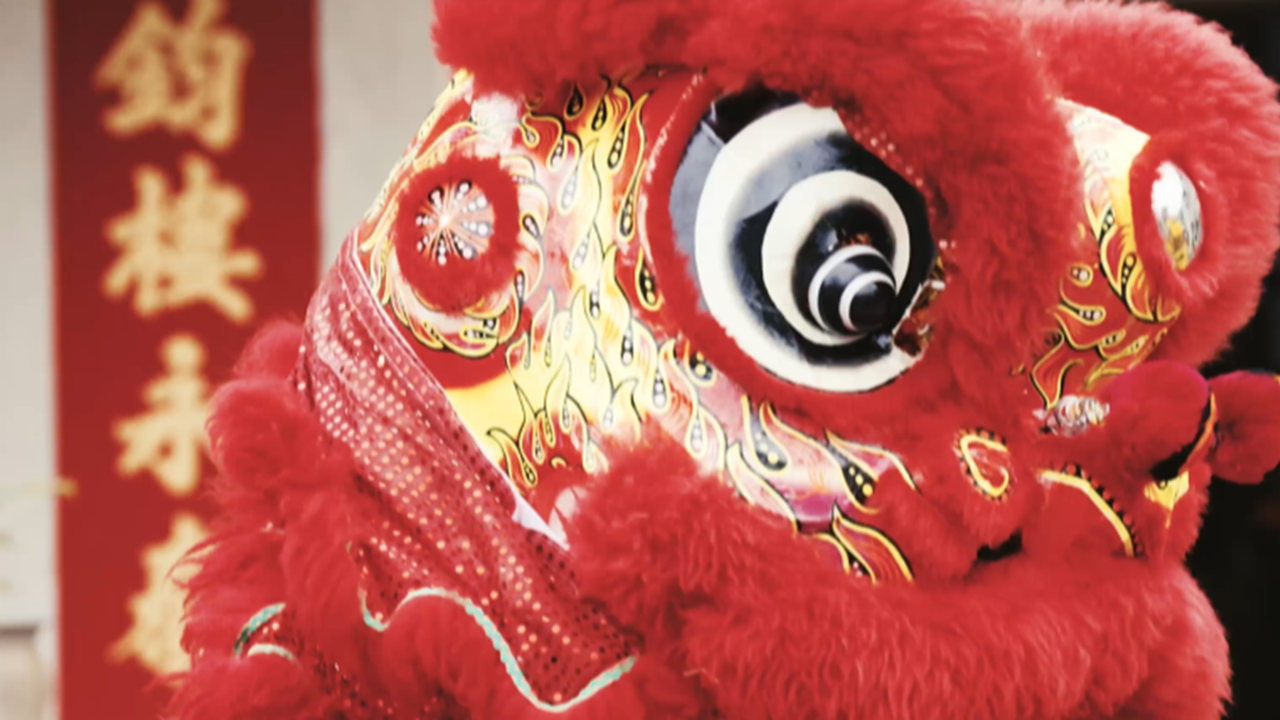How we celebrate Chinese New Year in Cantonese, Teochew and Hakka styles?
How we celebrate Chinese New Year
How does it feel like to celebrate the Chinese New Year in Jiangmen, Chaozhou and Meizhou of Guangdong province, the three cities where you can respectively experience the authentic Cantonese, Teochew and Hakka cultures.
Guangdong has been the trade center and the largest source of Chinese immigrants overseas since ancient time. More than 30 million Guangdong people are now living overseas, which takes up over 50 percent of the national number. The bond with overseas Chinese has been an important component of the local culture.

In Jiangmen, we saw Diaolou in a vast bamboo forest of the Majianglong village. Kaiping Diaolou and Villages was designated a World Heritage Site by UNESCO in 2007. Demonstrating a unique fusion of 19th and 20th-century Chinese and Western architectural styles, Diaolous are built with the financial aid of overseas Chinese and have been one of the most popular tourist attractions among foreign tourists.
In the Jingtang Library, we saw the books of family tree which were repaired by professionals. We enjoyed a cup of coffee with friends in the revitalized building in Qimingli Lane and visited the King Mui village which is the hometown of the founder of Choy Li Fut martial art.
In Chaozhou, we watched the 24 Seasons Drums in front of the Guangji Gate. Inspired by Chaozhou percussion, the 24 Seasons Drums was first created in a Malaysian Chinese community in 1988. With Lingnan lion dance and drums as its basis, it has been incorporated with modern performance movements. The 24 Seasons Drums was introduced to China in 1998, and people soon resonated with it. Currently, there are 90 drum teams in China, and nearly a quarter of them are in Chaozhou.


We experienced the famous Kungfu tea ceremony and enjoyed the Teochew opera in the Zaiyang teahouse. We saw the delicate porcelain art and wood craft in the Qinglong Ancient Temple.
In Meizhou, we had the Chinese New Year’s Eve dinner with friends and ate traditional Hakka dishes such as salty chicken and steamed meat balls. We found all of the dishes carry the best wishes for next year.
In addition, we visited the Songkou wharf through which Hakka people went global in the past. We saw the Weilongwu which is a typical architecture style of Hakka people in Meizhou and is a sort of a semi-circular complex of linked rooms build against a slope.
Everyone is busy preparing for the Chinese New Year, cheering for reunion. We got the unique feeling toward the Chinese New Year, the feeling which has been passed on from generations to generations.